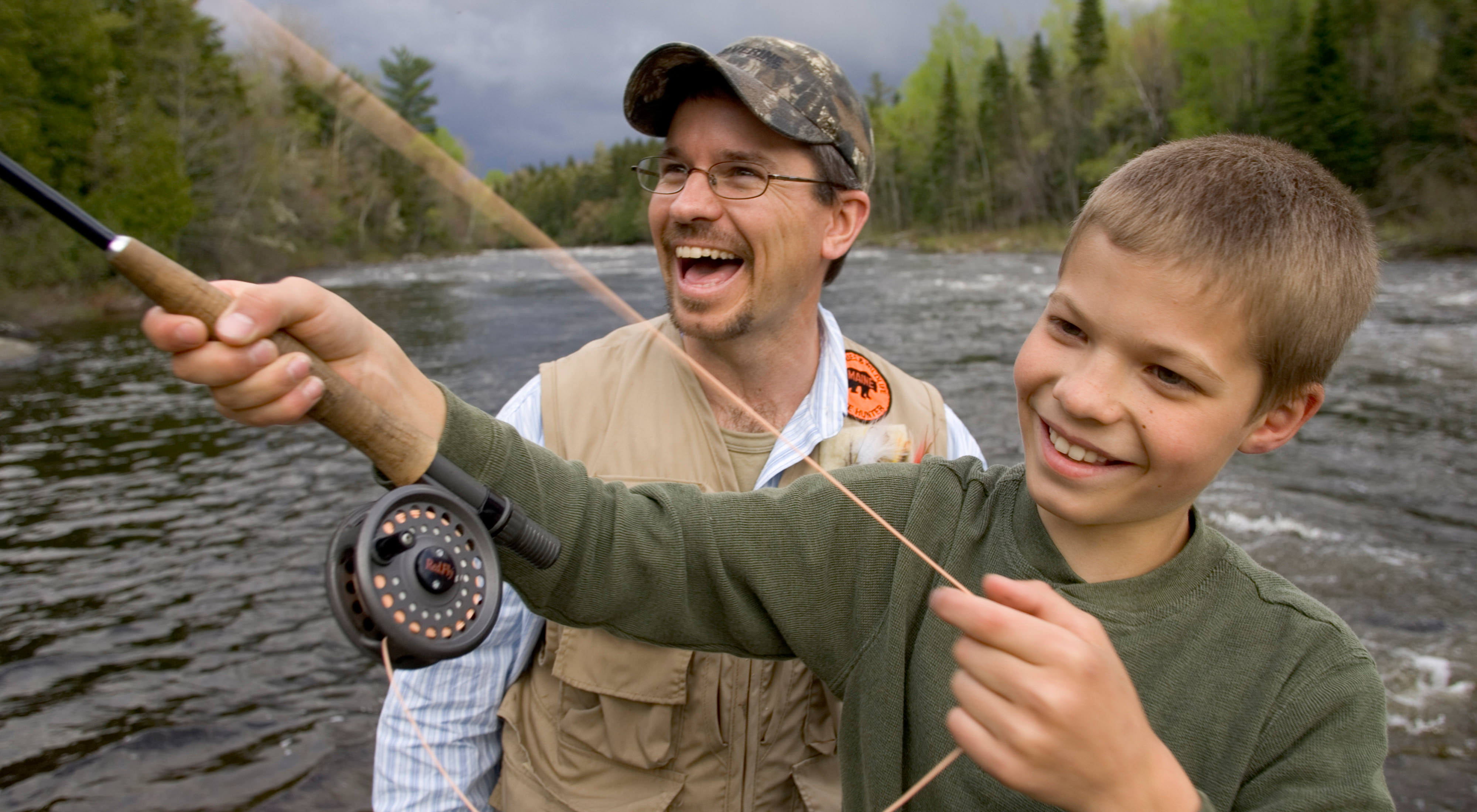Deadbeat Dams
Would you be surprised to learn that Vermont has over a thousand dams on its rivers and streams? Many are relics of a bygone era and we estimate that 200 are "deadbeat" dams. The unflattering title describes dams that no longer serve any purpose:
- they don't produce power
- they don't provide flood control
- they don't supply drinking water
They do block fish passage, raise water temperatures, eliminate stream habitat, and negatively impact recreational activities such as paddling and fishing. What's worse is that many of these dams are old and in disrepair, creating public safety hazards.
The time is now to assess Vermont dams and prioritize removal of those we no longer need. Our chapter is screening dams using various ecological criteria to determine which have the greatest impacts on Vermont’s waterways. Check out our Dam Screening Tool results on our web-based map or download our full report.
It is no small feat to retire dams. It requires funding, study, mitigation measures and community support. We are working with partners such as the Vermont Natural Resources Council and the U.S. Fish and Wildlife Service to identify and remove priority dams and restore natural flows on our waterways for fish and people.
To learn how to navigate the Vermont Dam Screening Tools, please read the Quick Start Guide or the Detailed Instructions documents which are linked in the upper toolbar of the web-based map. To learn more about the benefits of dam removals, visit freevtrivers.org.
Broken Streams
Improperly placed or undersized culverts also pose barriers to fish and create safety hazards during extreme weather events. The Conservancy has developed a cutting edge modeling tool that identifies the highest priority culverts in the Champlain Basin in need of near term action. By working with communities to prioritize culvert remediation, we will enhance public safety and access miles of upstream habitat for fish and other aquatic animals.
We have assessed almost 3,000 culverts in 8 Lake Champlain river basins and found that over 50% would not be able to withstand an extreme weather event and 90% block fish passage. If your town is located in one of the following watersheds areas: Missisquoi, Poultney, Mettowee, Rock, Pike, Lamoille Rivers, and Lewis and Otter Creeks, and you would like a copy of your town culvert report, please contact: eve.frankel@tnc.org.
In collaboration with the White River Partnership we removed the Randolph dam in September 2016. The project freed 98 river miles on the Third Branch of the White River. Watch a video about the Randolph Dam Removal.
Vermont Dam Screening Tool
- Quick Start (.pdf)
- How To Guide (.pdf)
- Full Report (.pdf)
